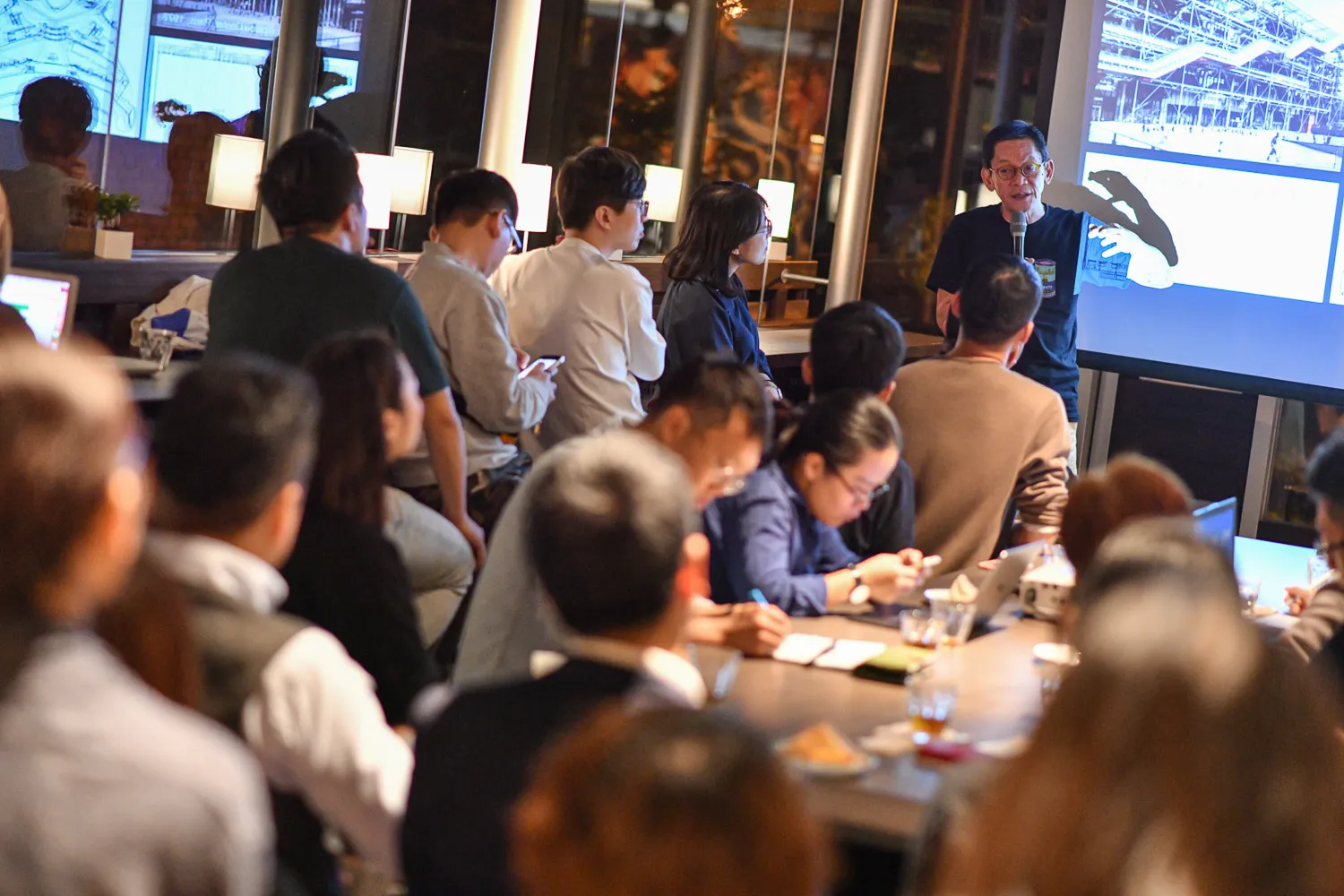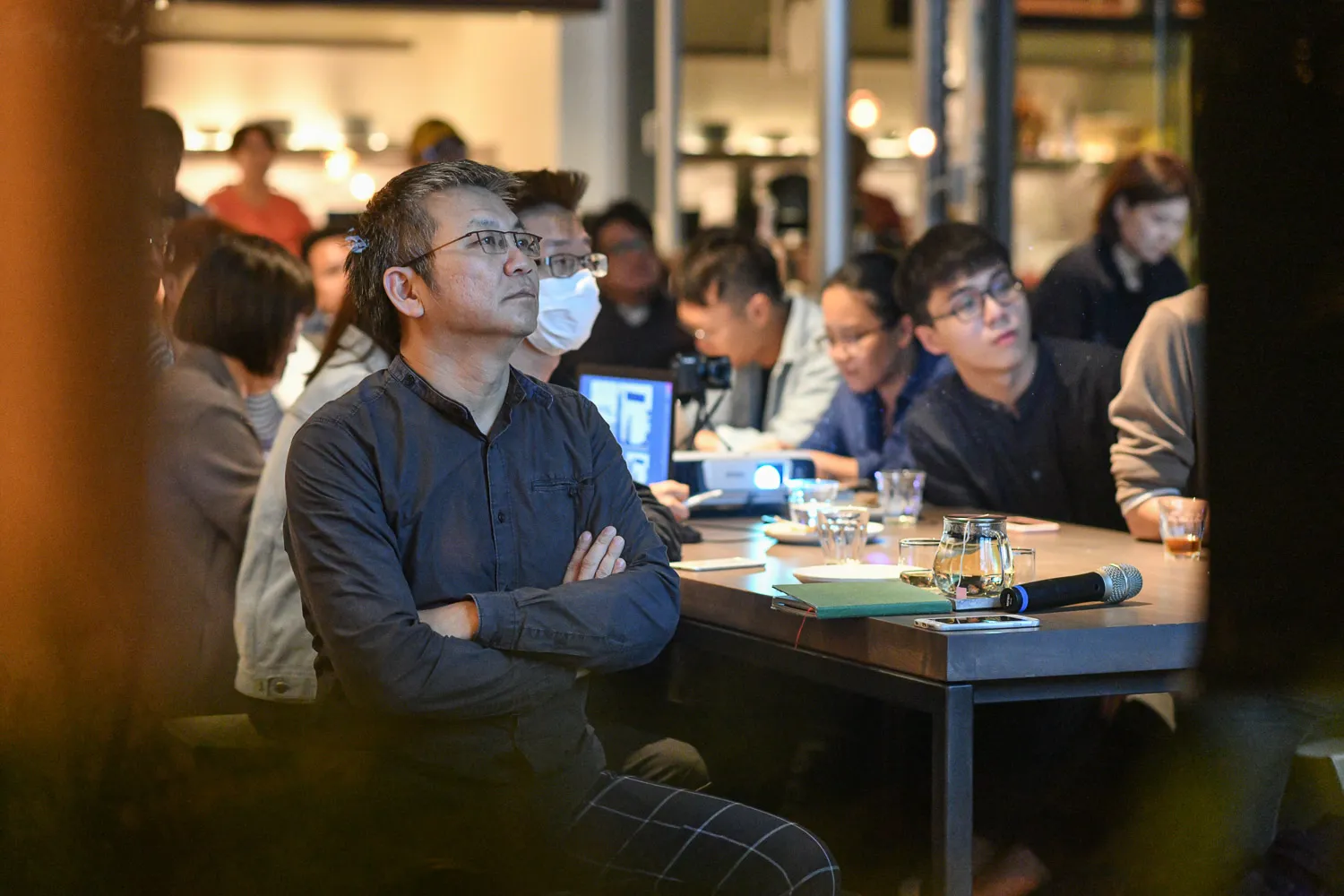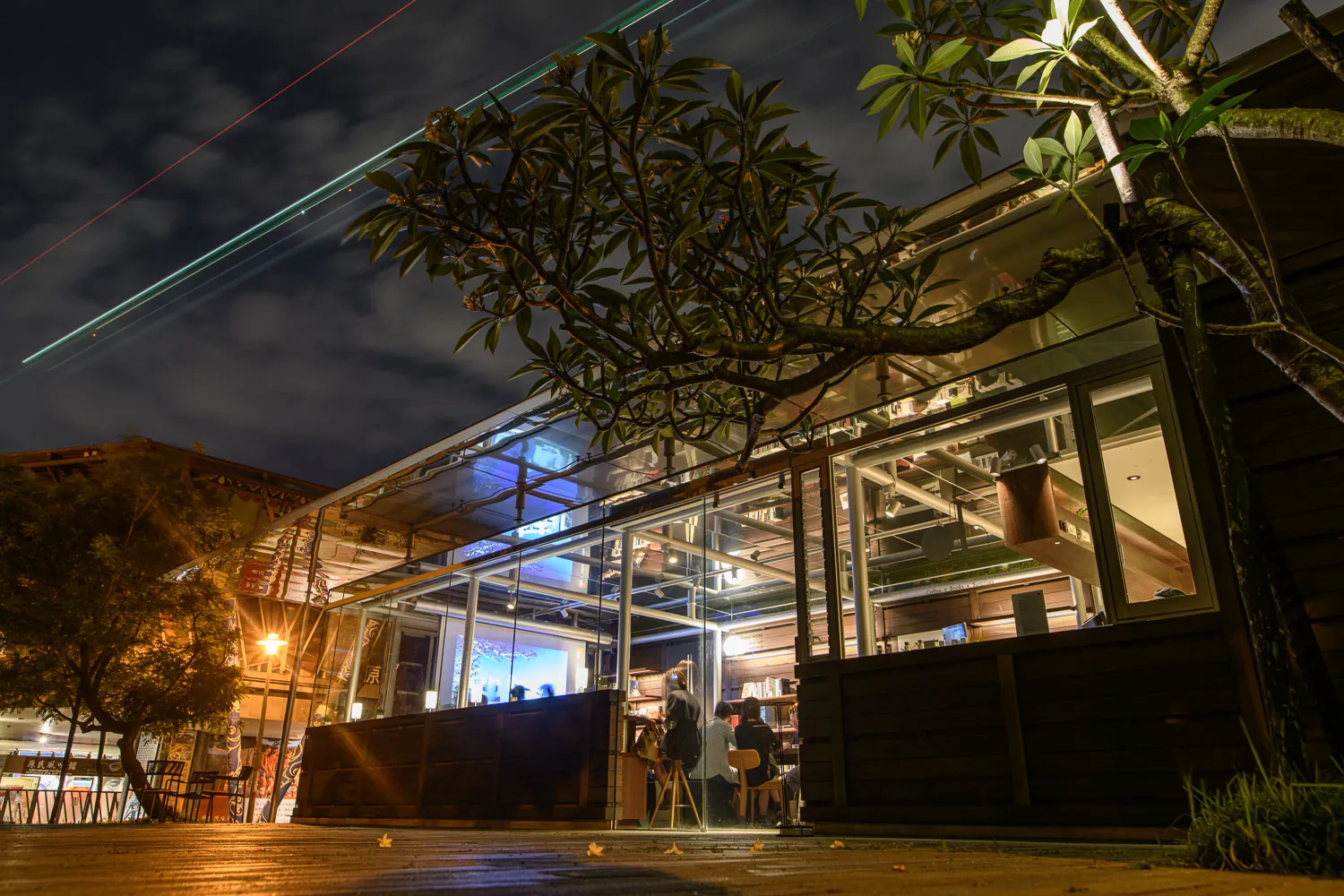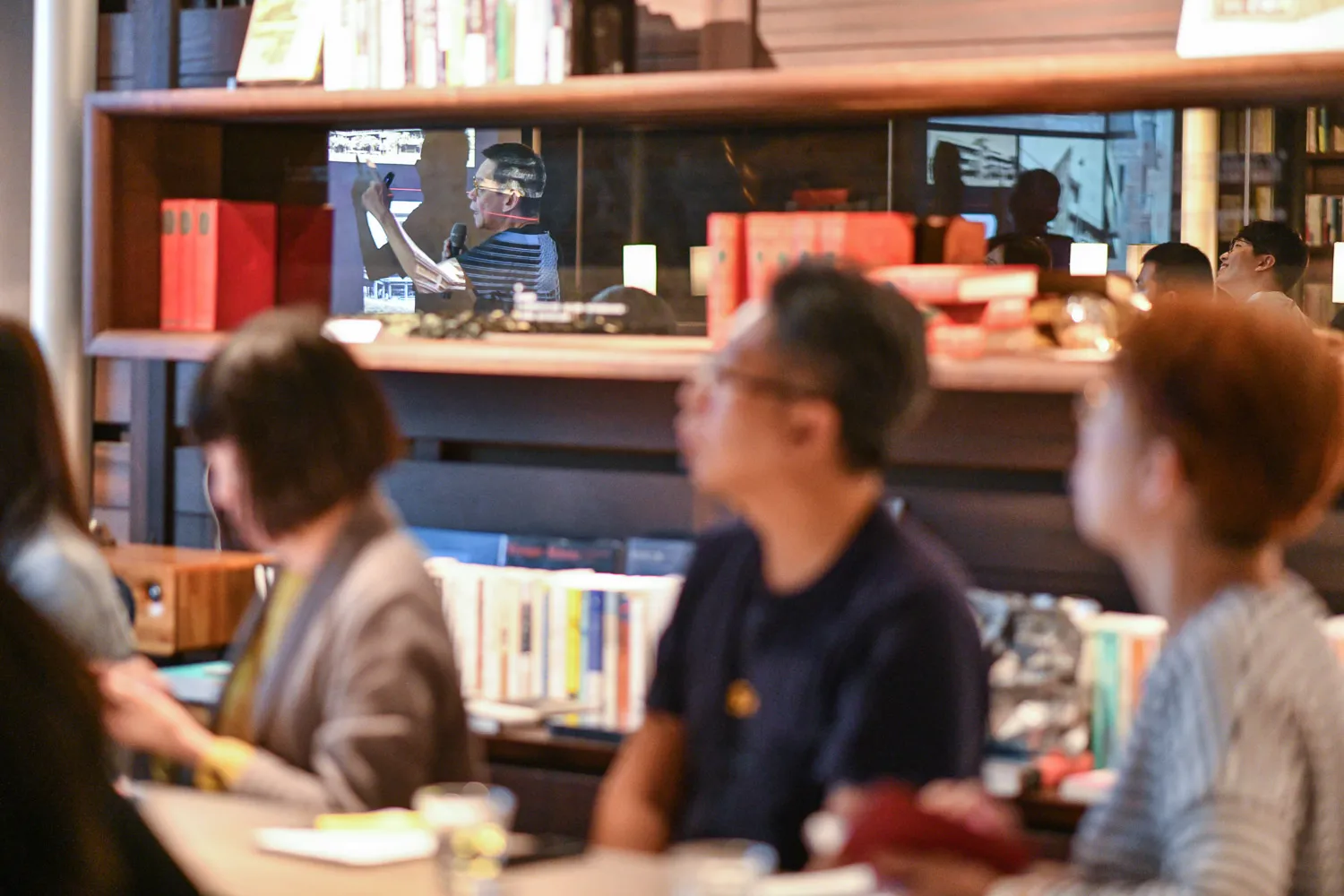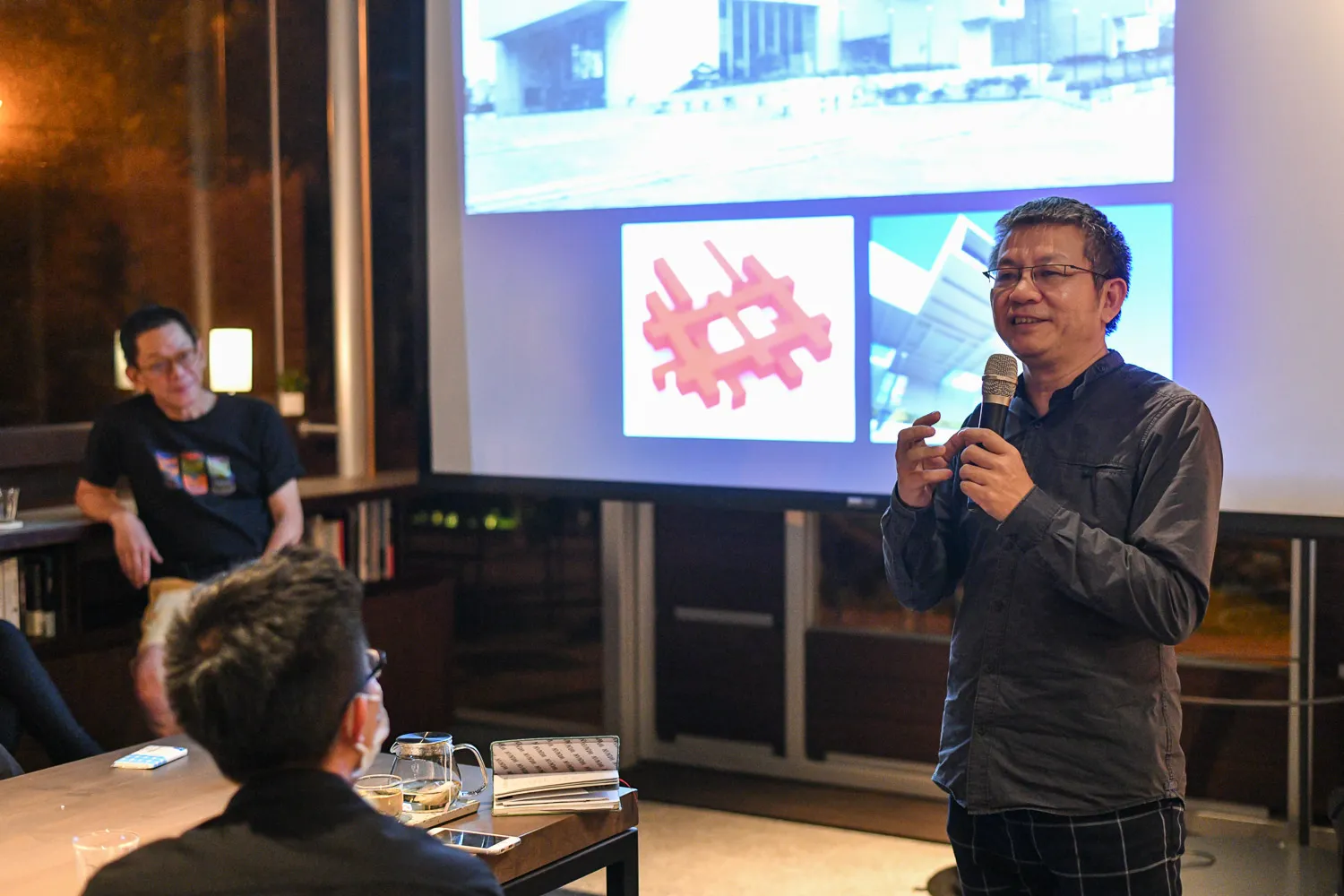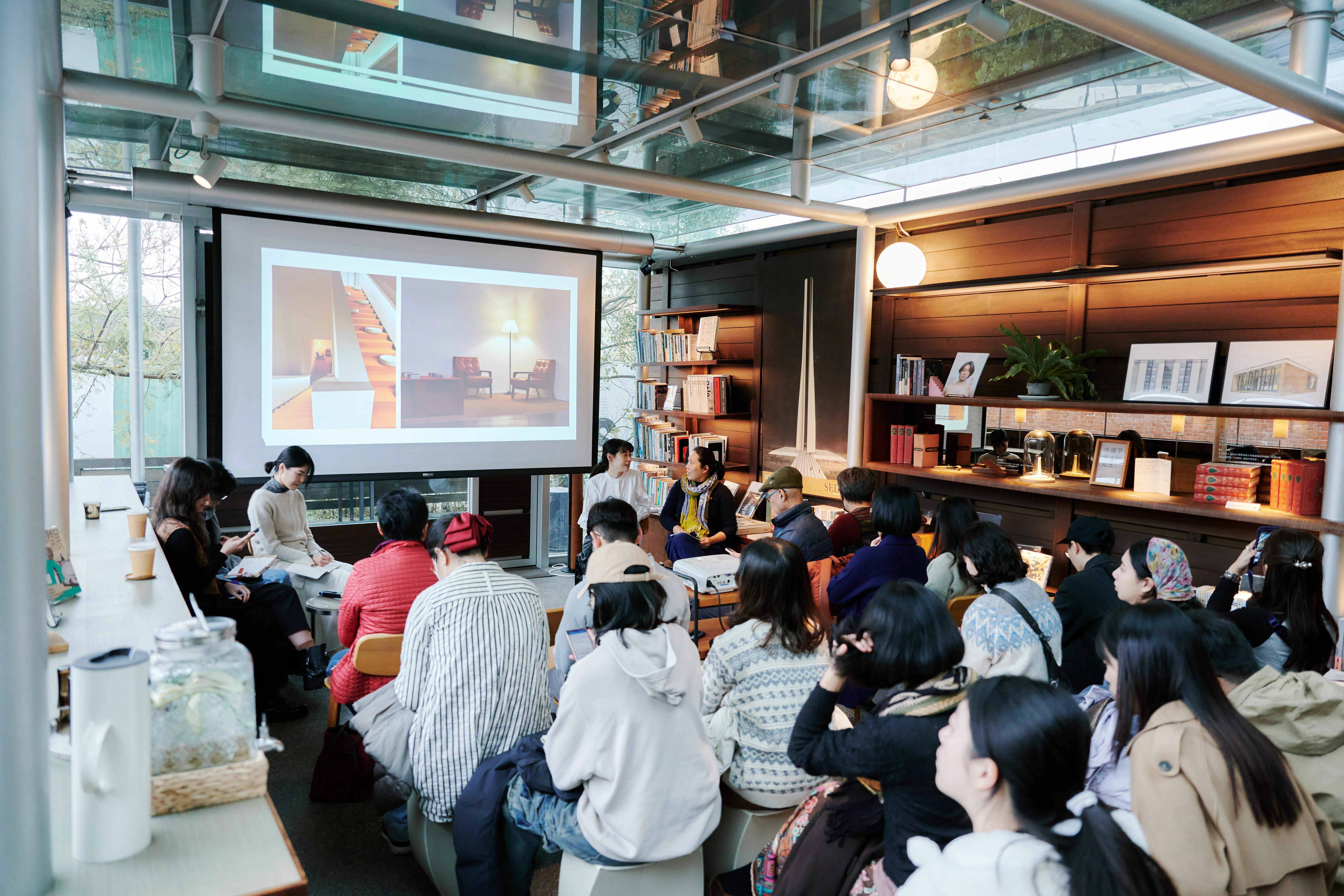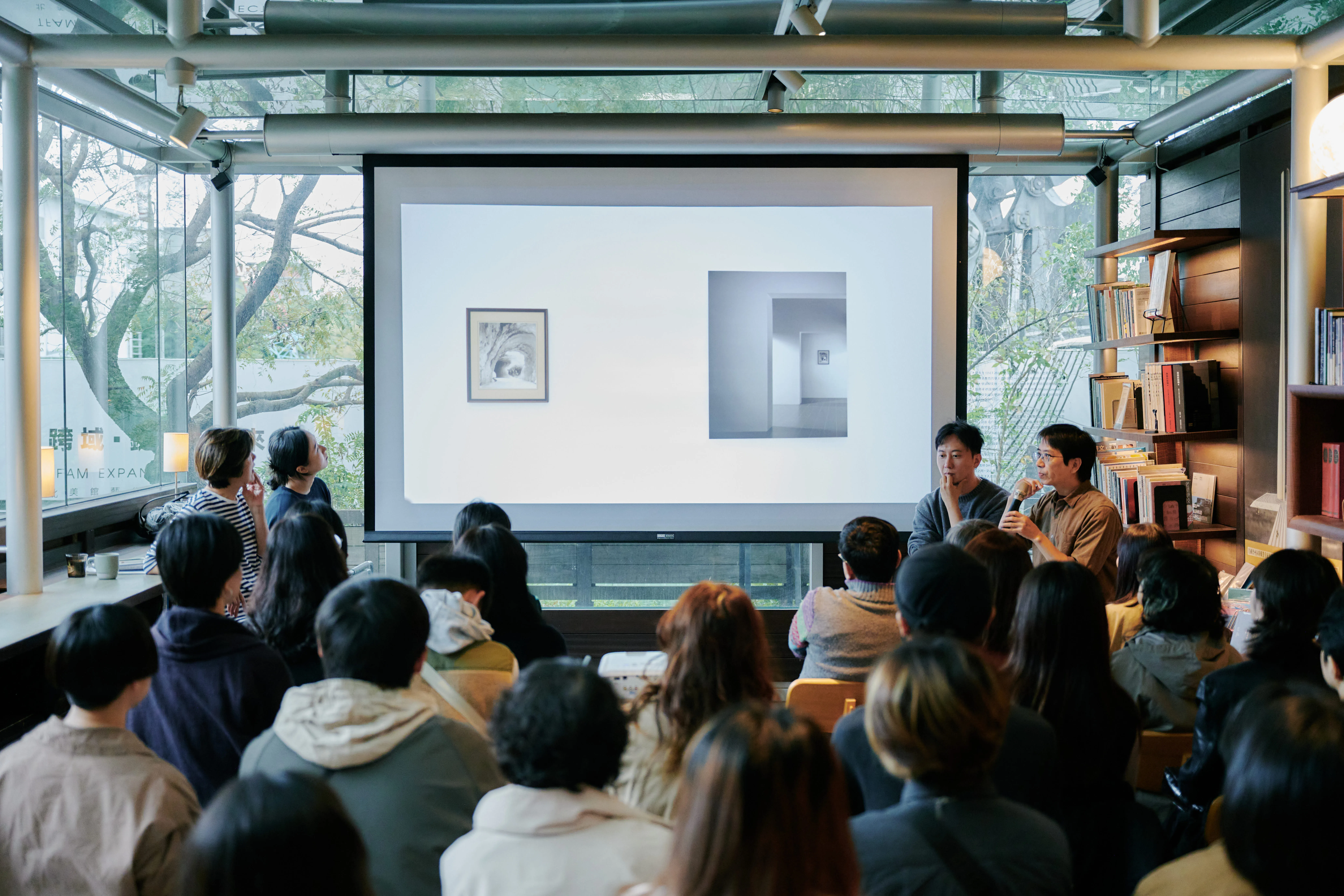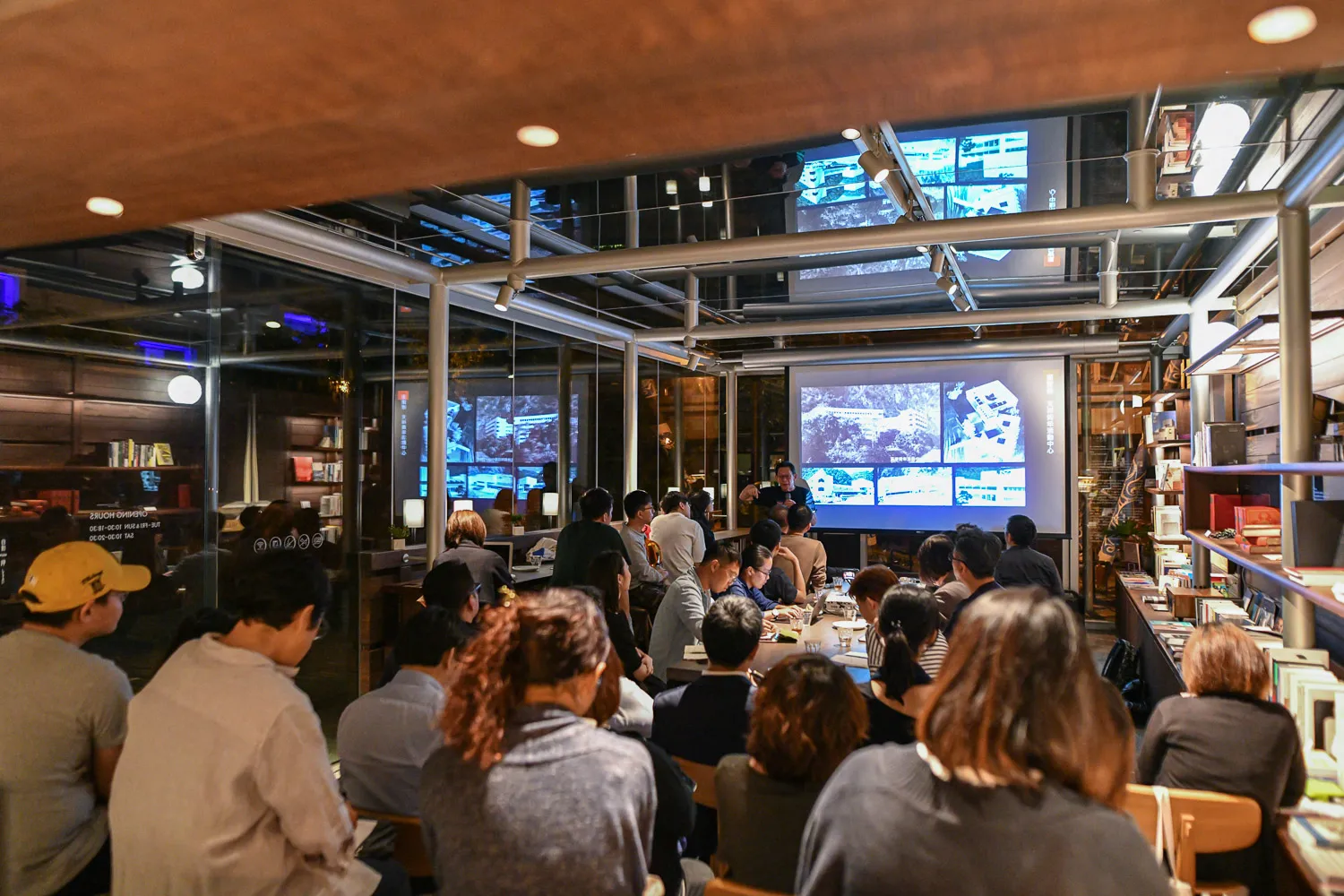
Lecture Series on Bauhaus Centenary and the 1st Memorial Anniversary of Da-Hong Wang| Theme 1: Rustic & Poetic—Architecture in Postwar Taiwan: Brutalist Architecture in Taiwan
Speakers
Tseng-Yung Wang Director of Bigda Studio
Chun-Hsiung Wang Director, Department of Architectural Design, Shih Chien University
Location
DH Café (No. 153, Section 3, Zhongshan North Road, Zhongshan District, Taipei City)
Fee
One lecture for $500, including special snacks (sandwiches, desserts, drinks), and 10% discount on event book purchases.
Event Content
After World War II, Taiwan's architecture underwent profound changes, with an impact that has not been closed to date. First, the historicism of the prewar architectural mainstream was replaced almost overnight by modernist architecture. Secondly, the construction professionals were mainly occupied by Japanese people before the war, and the vacuum left behind by Japanese people after the war, was mostly occupied by people from mainland Taiwan after the relocation of the National People's Government. Moreover, there was no professional system of architects before the war, and with the advent of post-war rule by the People's Government, it was imposed in Taiwan. Finally, university architecture education, which was unheard of before the war, also emerged in Taiwan. This series of lectures uses this historical change as a scripture, covering four themes of Modernism, Christian Architecture, Roughism, and Chinese Modern Architecture, and attempts to open up a discussion of this little-noticed history of architecture. The theme is “Theme 1: Rude and Poetic Post-War Architecture in Taiwan - Rugged Architecture in Taiwan”.
Event Review
In the 1970s, many crudelist works, or “barbarism,” began to appear around the world. Roughism, in other words, is more like a “movement,” which has no specific propositions and forms, but seeks a direct expression of architecture in terms of materials, a stark representation of the structure, which can be seen as a reaction and opposition to modernism's noble rationality, oppressive sentiment. In Taiwan, the cases of rudenism are also diverse and rich, including the aforementioned Kung Tung Kogang Temple Building, Taipei Medical University Laboratory Building, Penghu Jinlongdong Youth Activity Center, Tainan Zengwen Youth Activity Center, Lok Shao Shan Villa, Yilan Four Yue Elders Church, Weiyang Road Secondary School Church, and Central Academy Aesthetic Institute Library, etc. These architectural works are no longer just to satisfy people's functional needs for buildings, but given more sensuality, beginning to focus on the hearts of designers and users. As a branch of the development of modernism, the “rough movement”, although it gradually subsided after the 1970s, has not ended, and it will not stop as long as someone applies it again in design.
